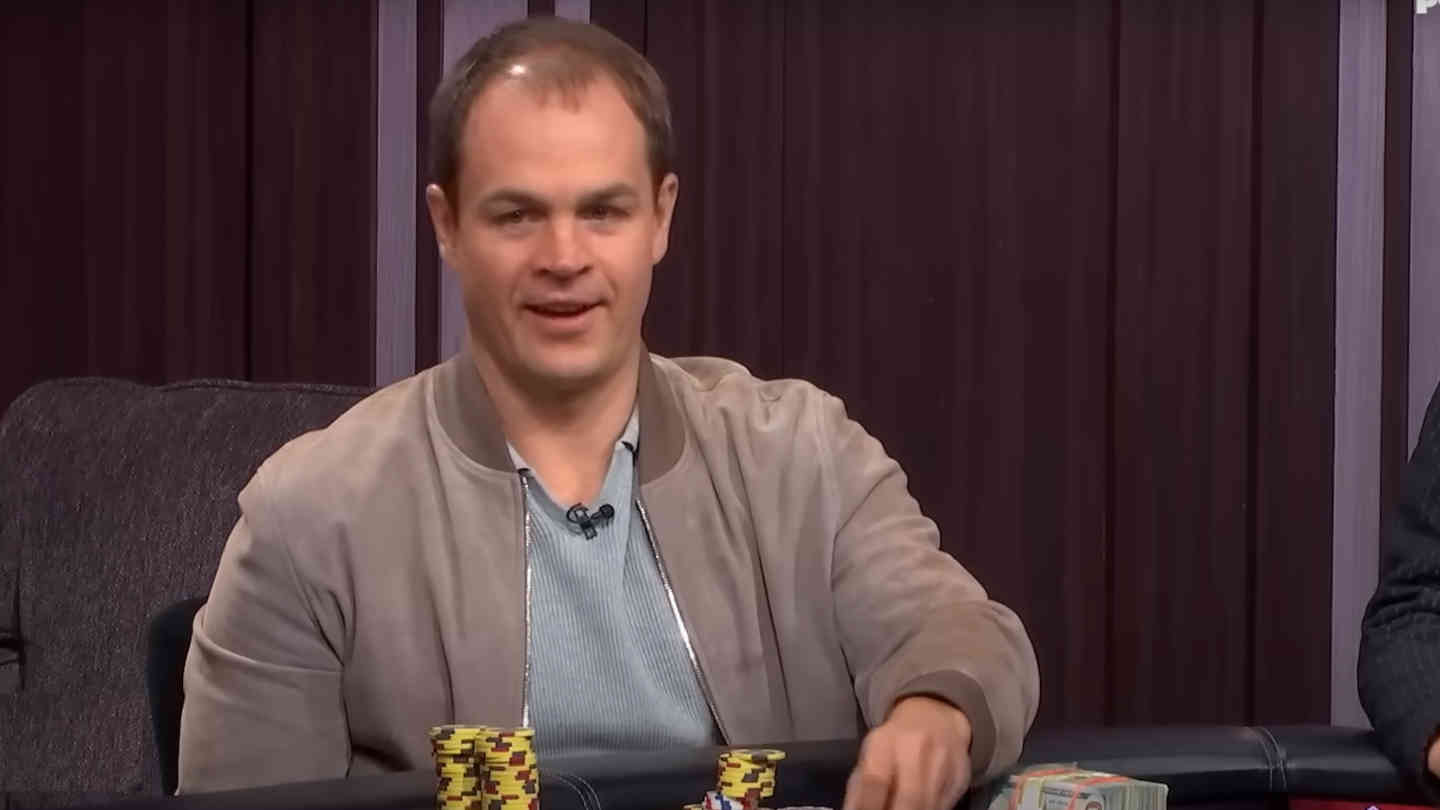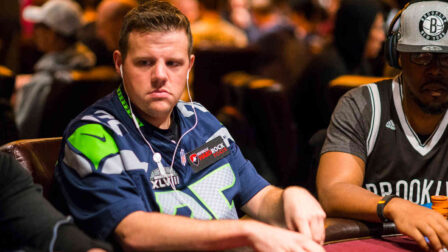How to Play Small Pocket Pairs in Cash Games & Tournaments
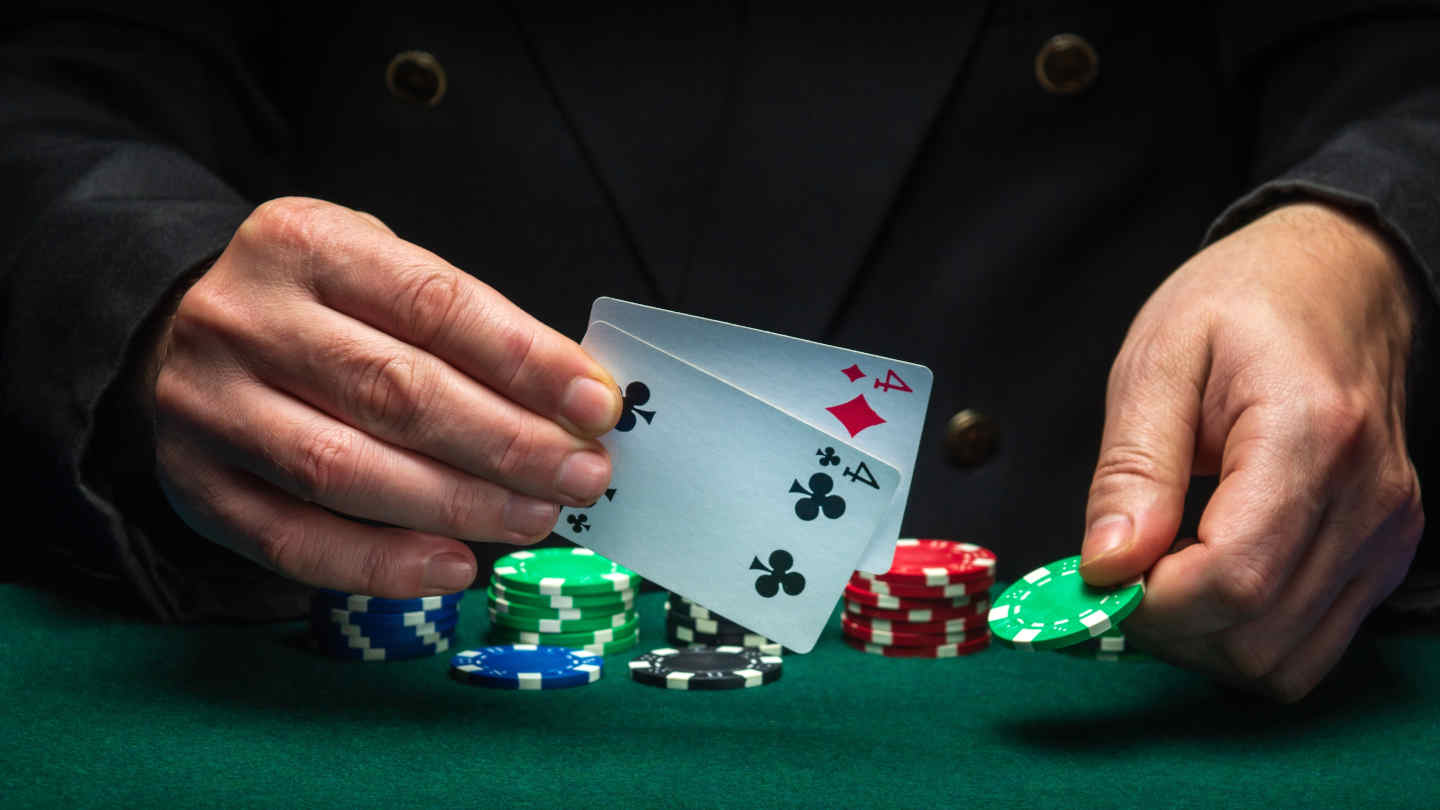
7 minutes
Last Updated: June 10, 2023
Playing small pocket pairs in poker is like being a venture capitalist: You make a series of speculative investments, many of which fail, in the hopes of striking it big with one successful start-up.
Let’s define small pocket pairs as deuces through sixes. Knowing how to play these hands effectively is an important part of any poker strategy because of the potential for enormous payouts and costly mistakes.
Position Determines Profitability
The key variables that determine how to play these hands and whether they should be played at all are position and implied odds.
The reality is that at a nine-handed table, it is usually not profitable to play small pairs from early position.
There are simply too many players left to act behind you that can wake up with strong hands and 3bet which will put you in a spot without great options.
Small pocket pairs will flop a set roughly one in eight flops, or approximately 12% of the time.
The remaining 88%, you will be left holding a weak pair, often with two to three overcards on the board, and limited outs to improve.
If this sounds like a challenging situation, just imagine being in this spot from out of position. This is what you are typically signing up for when you open these hands from early position.
As a general rule, it makes more sense to begin opening fives and sixes from middle position, and to raise the remaining small pocket pairs once you are in the hijack or later.
If there is a raise in front of you, small pocket pairs can typically be discarded unless your position is the cutoff or later (and even calling from the cutoff can be marginal in some games).
Except in passive games, the risk of flatting with these hands in middle position and facing a squeeze behind you (and not being able to profitably see the flop) is just too large.
Even if you are in the right position to warrant playing a small pocket pair, there are important implied odds considerations as well. These may differ based on whether you are playing in a cash game or a tournament. Let’s examine both formats:
Small Pocket Pairs in Cash Games
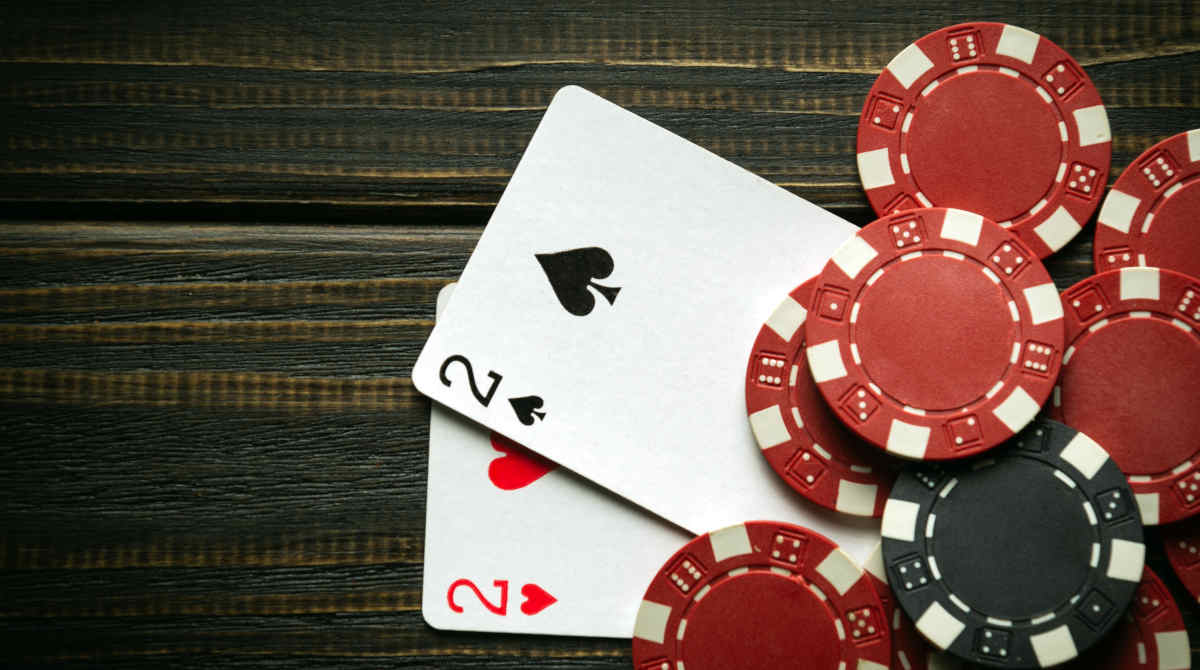
Cash games typically involve deeper stacks than tournaments. Most players at the table usually have at least one hundred big blinds or more. This increases the implied odds and profitability of playing small pocket pairs.
Considering that you will miss the flop seven out of eight times, it is imperative that you can win a big pot the one time you do flop a set to recoup all the previous investments.
A good rule of thumb when deciding whether to set-mine is to check whether the raiser has at least 15 times what you need to call in his remaining stack. This will give you an opportunity to win a big pot if you do get lucky.
For example, if a player raises to three big blinds preflop, you will want their stack to be at least 45 big blinds.
Players that choose to set-mine against short stacks are just bleeding money: Too often they will miss the flop and fold to a continuation bet, and the payoffs won’t be big enough the times they do flop a set.
Other variables factor into implied odds as well, such as the skill of the open raiser and the strength of his range. Set-mining will always be more profitable against weaker opponents who aren’t able to make big postflop folds.
It will also work more effectively against stronger ranges, because the small pair can win a bigger pot when it cracks a stronger hand.
With that said, position must still be factored in even against weak opponents with strong ranges and big stacks, especially when you are not closing the action preflop.
When playing postflop, small pocket pairs need to of course be handled very differently depending on if they have hit a set or not. Without a set, the small pocket pair can nearly always be folded in a multi-way situation when faced with a bet.
When heads up, the unimproved small pocket pair may be able to call a small bet, or make a small continuation bet as the raiser for protection.
However, these hands are usually not used as late street bluff candidates because of their poor card removal effects and limited outs to improve.
They also often give up by the turn to opponent aggression when unimproved (and often the flop in many cases depending on the board texture and opponent’s range).
When small pocket pairs make a set, they should typically be fast-played in a deep-stacked situation. Big pots are meant for big hands, and by betting and raising with sets, the pot can be inflated before an opponent realizes just how far behind they are (and before an action-killing card can come).
Too many players are far too trappy with their flopped sets and wind up winning pots that are much smaller than they potentially could be.
One of the few times to consider slow-playing a set is against a loose, aggressive opponent who has a lot of air in their range and who has a tendency to bluff off his stack if you trap.
Small Pocket Pairs in Tournaments
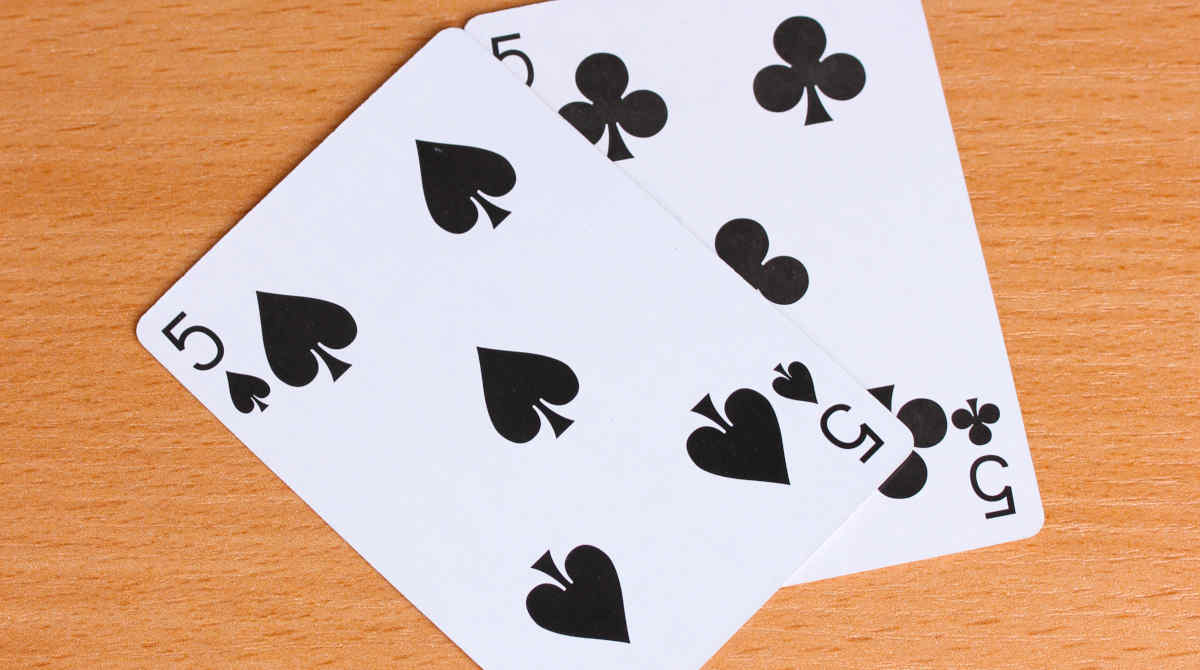
The early stages of tournaments are very similar to cash games because stacks are still deep, so a similar strategy for small pocket pairs can be deployed.
However, once the blinds go up in tournaments and stack sizes become shorter, small pocket pairs need to be handled very differently.
It is common to reach a short-stacked point in the tournament where the implied odds for a fifteen to one set-mine will no longer be there.
At this point, it is no longer profitable to call raises with small pocket pairs unless you are closing the action and getting a good price from the big blind.
With that said, small pocket pairs can still be used as a valuable all-in weapon when the action is folded to you in late position in a short-stacked spot.
If you only have ten to fifteen big blinds and it folds to you in the hijack or later, these small pocket pairs can typically be used as all-in shoves, assuming there are no significant ICM implications.
They’ll frequently take the blinds down without a fight to help keep you afloat, and very often even when called, they’ll still be a slight favorite against an opponent’s unpaired hand.
Getting the chips all-in preflop with small pocket pairs can help avoid the complications of facing overcards on the flop and having poor playability postflop.
Small pocket pairs can also occasionally 3bet shove over the top of a loose opponent’s late position raise when short-stacked.
However, these hands make for poor 3bet candidates when deeper-stacked due to the risk of running into a bigger pair and because of their poor blocker effects.
Typically, you don’t want to be calling off your stack with small pocket pairs against jams from reasonably deep-stacked players.
The small pair will at best be coin-flipping but it only has 19% equity when dominated by a bigger pair. Calling an all-in means there is no fold equity, so these are often high variance and marginal expected value spots by default.
But, like all things in poker, there are times to break this rule, such as in late position battles against loose players.
The shorter-stacked they are, the better the call usually becomes with the small pair as this reduces the downside of running into a bigger pair.
Don’t Overvalue or Undervalue a Small Pocket Pair
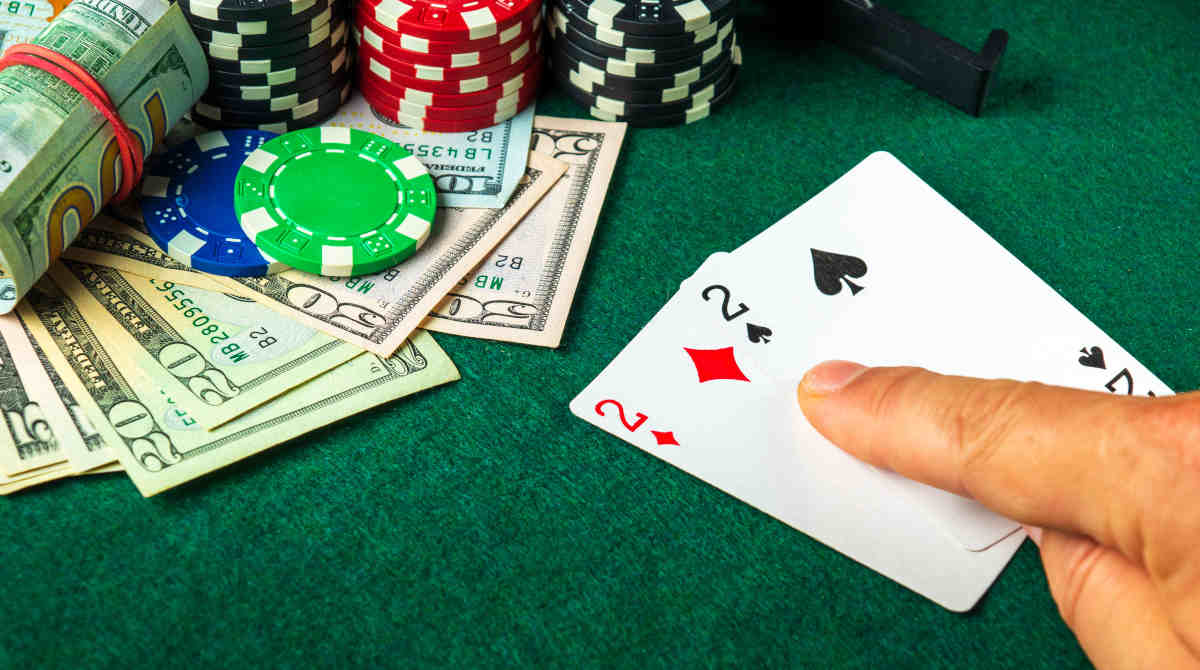
Overall, a small pocket pair can be profitable poker hands but only under specific conditions. As previously mentioned, position and implied odds must always be considered when deciding whether to play these hands.
It is a mistake to become so enamored with holding a pocket pair that you refuse to find disciplined preflop folds.
At the same time, it is also misguided to lose interest in small pocket pairs if they fail to flop a set for an extended stretch of hands.
These types of droughts are built into the variance of poker, and small pocket pairs are still valuable hands if used in the right situations.
Ultimately, even though small pocket pairs are technically “made hands” because they have minor showdown value, it is more helpful to think of them as speculative hands that will mostly disappoint and will occasionally win a huge pot.
With these expectations properly set, players can put these hands in the right place within their poker portfolios and only invest when the market conditions are right.












